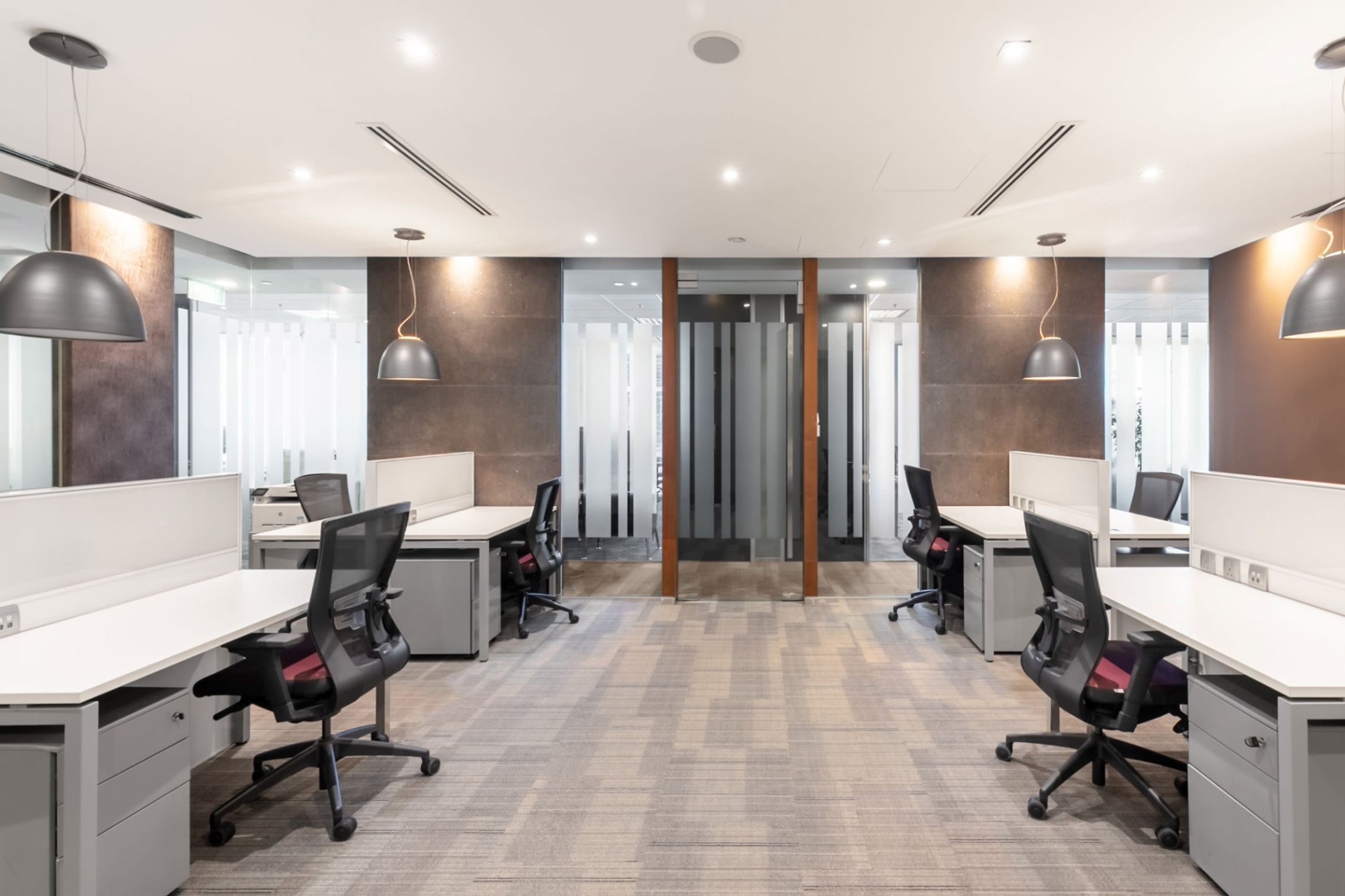
In today’s fast-paced business world, office design plays a critical role in employee happiness and engagement. A well-designed office space can improve productivity, collaboration, and overall well-being. On the other hand, a poorly designed office can negatively impact employee performance and even lead to higher levels of absenteeism and turnover.
As businesses continue to grow and evolve, the importance of office design in promoting employee happiness and engagement cannot be overstated. Research has shown that the physical workplace can greatly influence employee productivity, motivation, and overall satisfaction. In this article, we will explore the impact of office design on employee happiness and engagement.
Good Design Enhances Health and Fuels Productivity
One of the key ways in which office design can affect employee engagement is through the creation of a positive and welcoming workplace culture. Office design can also have a significant impact on employee health. Poorly designed offices can lead to physical problems such as back pain, eye strain, and headaches. These issues can arise due to inadequate lighting, poor air quality, and uncomfortable seating arrangements. In contrast, well-designed offices can contribute to better employee health. Productivity levels are another benefit. A well-designed office can help to reduce distractions and create an environment that is conducive to focused work. When employees are able to work more efficiently, productivity levels increase, which benefits both the employee and the company.
Tips on Incorporating Healthy Design
From lighting and air quality to mindful design and physical activity, there are many ways to create a positive and welcoming workplace culture that supports employee well-being and productivity. Here are some tips to get you started.
-
Good lighting:
Proper lighting can improve the overall mood and well-being of employees. Natural lighting has been shown to have a positive impact on mental health, reduce stress levels, and increase productivity. It can also help to regulate employees' circadian rhythms, which can lead to better sleep quality and improved mood. It can also reduce eye strain and headaches, which are common issues that can arise from spending prolonged periods of time in poorly lit environments. A well-lit environment can make the space feel more welcoming and inviting, which can contribute to a positive workplace culture and employee satisfaction. -
Good air quality:
Clean air is crucial for a healthy and productive workplace. Volatile organic compounds (VOCs) are commonly found in office equipment and furniture and can lead to health problems such as headaches, dizziness, and irritation of the eyes, nose, and throat. Features like air filtration systems, proper ventilation, and the use of low-emitting materials can all contribute to a healthier workplace. - Ergonomic design: Office furniture and equipment can have a significant impact on employee health and comfort. Encouraging the use of ergonomic furniture and incorporating movement and flexibility in the workplace can reduce the risk of musculoskeletal injuries and increase overall comfort and productivity. Ergonomic chairs and desks, as well as standing desks and active workstations, can help employees maintain good posture and reduce the strain on their bodies caused by prolonged sitting.
- Mindful design: Mindful design focuses on creating spaces that promote relaxation and stress reduction, which can help employees feel more focused, less stressed, and more engaged with their work. This can be achieved through the use of calming colours, greenery, and access to outdoor spaces, or even how workdesks are arranged. Designing spaces that promote mindfulness and relaxation can help create a more positive and supportive workplace culture.
- Location: A well-located office that is easily accessible to public transportation or has ample parking space can make employees' commutes more convenient and less stressful – such factors add up to create a more positive outlook on work. There are also perks to being located near amenities such as restaurants, shops, and parks, so that employees to take breaks and recharge during the workday.
- Designated quiet spaces: Providing designated quiet spaces where employees can work without distraction or interruption is essential for productivity and well-being. Quiet spaces can be designed as private rooms or booths or as shared areas that are designated for quiet work. Having quiet spaces available can help employees stay focused and productive when they need to concentrate.
- Noise management: Combat noise pollution with sound-absorbing materials, such as carpets, curtains, and acoustic panels. Implement a white noise system that can help mask distracting sounds and increase overall comfort in the workplace.
- Green spaces: Incorporating greenery and outdoor spaces into office design can help create a more welcoming and relaxing workplace environment. For instance, green spaces or an outdoor area can be set up for employees can take a break, get fresh air, and recharge. Green spaces can provide a connection to nature, which has been shown to have a positive impact on mental health and stress reduction.
- Opportunities to stay active: Designing spaces that encourage movement, such as open layouts with natural flow and opportunities for walking meetings, can also contribute to a more active and healthy workplace. Promoting active commuting, such as biking or walking to work, and offering incentives for fitness activities or gym memberships can also encourage physical activity outside of work hours. Incorporating features like fitness rooms, bicycle storage, and access to outdoor spaces can encourage physical activity during the workday.
Creating a Productive and Comfortable Workplace
A well-designed office space has the power to enhance employee productivity, reduce absenteeism and turnover, and improve overall job satisfaction. FlySpaces offers access to 100% of the office spaces supply in Singapore, including coworking spaces, serviced offices, and traditional offices – both furnished and bare. If you're looking for a perfect workplace that meets all your requirements and preferences – with options for customisation and personalisation – we've got you covered. Talk to us today!


Comments (0)
Subscribe via e-mail